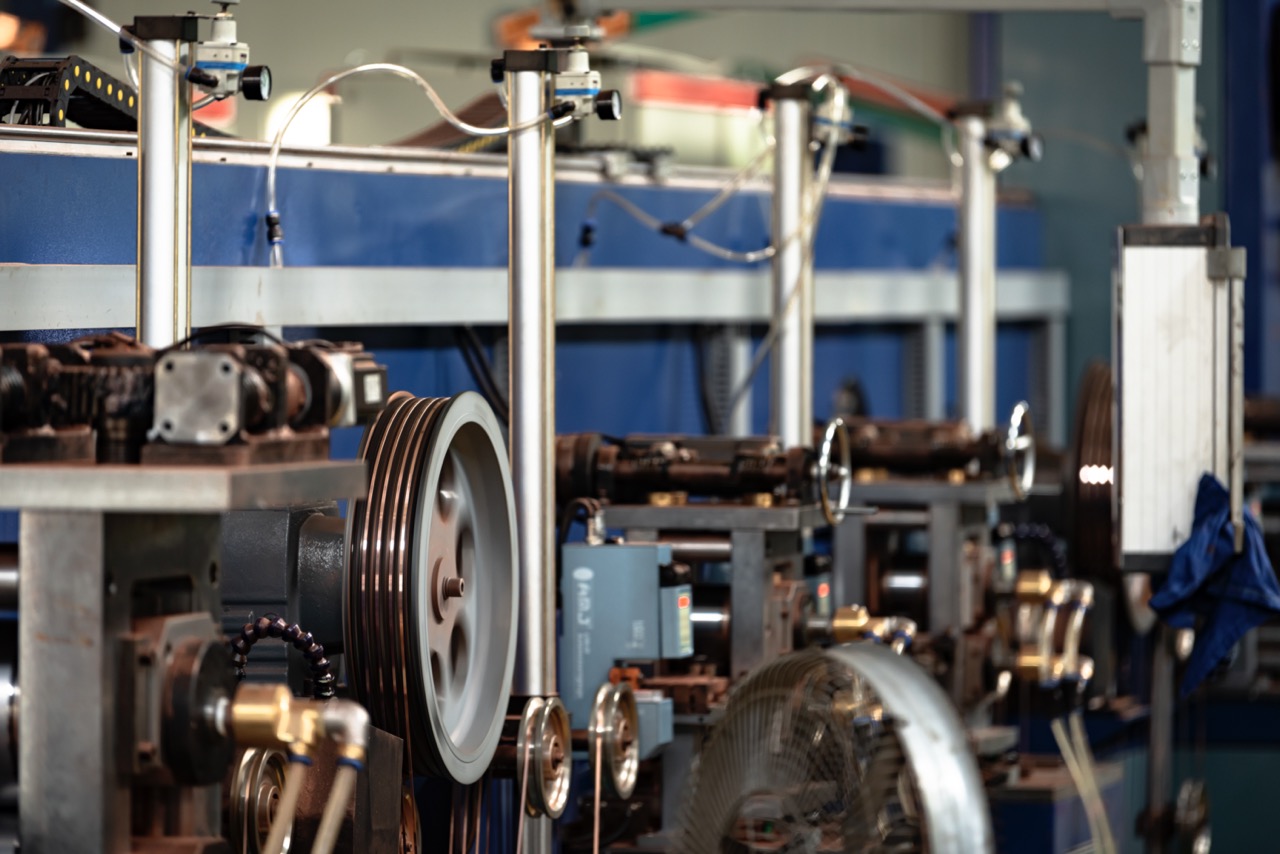Photovoltaic welding ribbonQuality inspection is very important, it directly affectsPhotovoltaic modulesThe performance, efficiency and reliability of photovoltaic ribbons are guaranteed by high-quality photovoltaic ribbons, which can ensure good connection between cells, reduce resistance, increase power output and extend the service life of photovoltaic panels. The following are some common photovoltaic ribbon quality inspection methods and indicators that need to be paid attention to:
1. Appearance inspection
- Appearance smoothness: The surface of the photovoltaic welding ribbon should be free of obvious scratches, cracks, dents, bubbles and other defects. The integrity of the appearance directly affects the smooth progress of the welding process.
- Coating uniformity: The tin coating on the surface of the soldering tape should be uniform and smooth, and the coating thickness should be consistent. Too thin a coating may result in poor soldering, while too thick a coating may increase the difficulty of soldering.
- Color Change: If the surface of the solder strip appears uneven or discolored, it may be a sign that the solder strip is damp or oxidized, which will affect the soldering performance.
2. Dimensions and specifications check
- Width and thickness:Measure the width and thickness of the photovoltaic ribbon with a caliper or other precision tools to ensure that it meets the product specifications. Unqualified dimensions may cause unstable welding, which in turn affects the current conduction of the battery.
- Curl: The photovoltaic welding ribbon should be kept straight to avoid curling or bending, which will affect the operation during the welding process.
3. Mechanical properties test
- tensile strength:The tensile strength test of the soldering ribbon can ensure that the soldering ribbon will not be broken during the installation process. A tensile testing machine can be used to measure whether it will break during the stretching process. Usually, the tensile strength is required to be higher than a certain standard.
- Ductility:Good ductility ensures that the welding strip will not break due to brittleness during welding.
- Bending test: Repeated bending tests are performed on the soldering ribbon to check whether it is easy to break or be damaged to ensure that it can adapt to different working environments.
4. Electrical performance test
- Conductivity test:The conductivity of the welding strip is an important indicator to measure its ability to transmit current. The conductivity is detected by measuring the resistance value. The higher the conductivity, the lower the current loss and the better the system efficiency.
- Contact resistance test:Use a multimeter or a specific contact resistance measuring instrument to test the resistance of the soldering ribbon when it contacts the cell. Low contact resistance can effectively reduce power loss and improve the overall efficiency of photovoltaic cells.
- Current load test: Connect the welding ribbon to the current load and test its performance under high current conditions to ensure that it can stably carry the current generated by the photovoltaic panel.

5. Thermal performance test
- High temperature resistance test:Photovoltaic ribbons need to maintain stability in high temperature environments. By placing the ribbons in a high temperature furnace, thermal cycle tests are performed to evaluate their electrical conductivity and physical properties in high temperature environments.
- Thermal Expansion Coefficient Test:Different materials have different coefficients of thermal expansion. The coefficient of thermal expansion of the solder strip material needs to match that of other components of the photovoltaic cell to prevent damage caused by inconsistent thermal expansion.
6. Welding performance test
- Welding tensile test:The strength of the connection between the photovoltaic ribbon and the cell after welding is a key indicator. Use a tensile tester to test to ensure that the welding point is firm and avoid the cell falling off due to poor welding.
- Soldering temperature and time test:According to the welding process requirements, ensure that the temperature and time are well controlled during the welding process to avoid overheating or overcooling resulting in loose welding points or damage to the welding strip.
- Visual inspection of welded joints:The solder joint should be flat and smooth, without excessive solder beads or incomplete soldering. The soldering point should be strong enough to ensure smooth conduction of current.
7. Corrosion performance test
- Salt spray corrosion test: Place the solder ribbon in a salt spray environment to check the corrosion of the solder ribbon in a humid, high-salt environment. Corrosion may cause poor connection between the solder ribbon and the battery cell, reducing the long-term reliability of the battery.
- Damp heat test:Simulate long-term use conditions in high humidity and high temperature environment to test the corrosion resistance of the welding strip.
8. Environmental adaptability test
- UV exposure test:Simulate the environment where photovoltaic panels are exposed to sunlight to test the UV resistance of photovoltaic ribbons. Ultraviolet radiation may cause oxidation and aging of the ribbon surface.
- Hot and cold cycle test:Through the alternating cycle of hot and cold, the environmental changes of the solder strip during long-term use are simulated to detect whether the performance of the solder strip will deteriorate due to excessive temperature difference.
9. Surface chemical analysis
- Surface composition analysis: Use scanning electron microscope (SEM) and other equipment to analyze the surface structure of the solder strip and detect the bonding between the tin plating layer of the solder strip and the copper substrate to ensure that there is no falling off.
- X-ray Fluorescence Analysis (XRF):The metal composition on the surface of the solder strip is detected by XRF equipment to ensure the uniformity and quality of the tin layer.
Summarize:
The quality inspection of photovoltaic welding ribbon is a complex and important process, involving multiple aspects of inspection and evaluation. Qualified photovoltaic welding ribbon can effectively improve the current transmission capacity of the panel, reduce power loss, improve the overall power generation efficiency, and maintain long-term stability and durability. When purchasing or using photovoltaic welding ribbon, make sure to conduct these comprehensive quality inspections to ensure the high performance and long life of the final photovoltaic panel.
